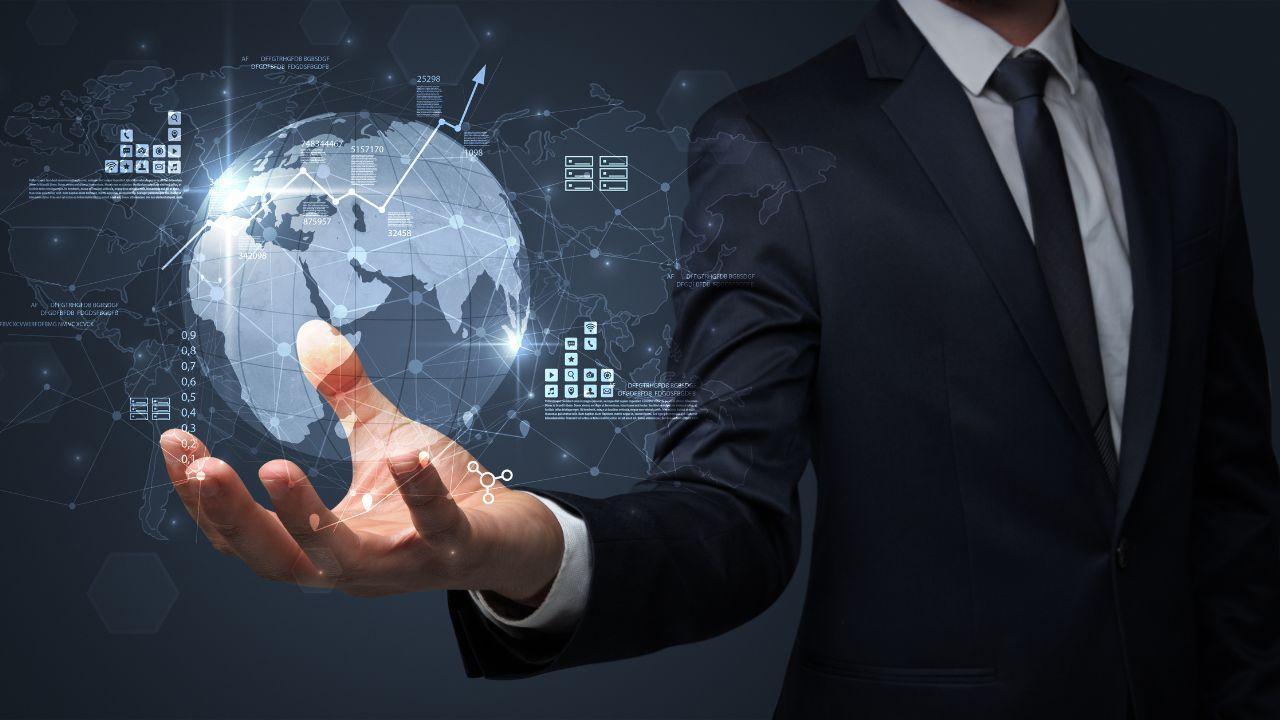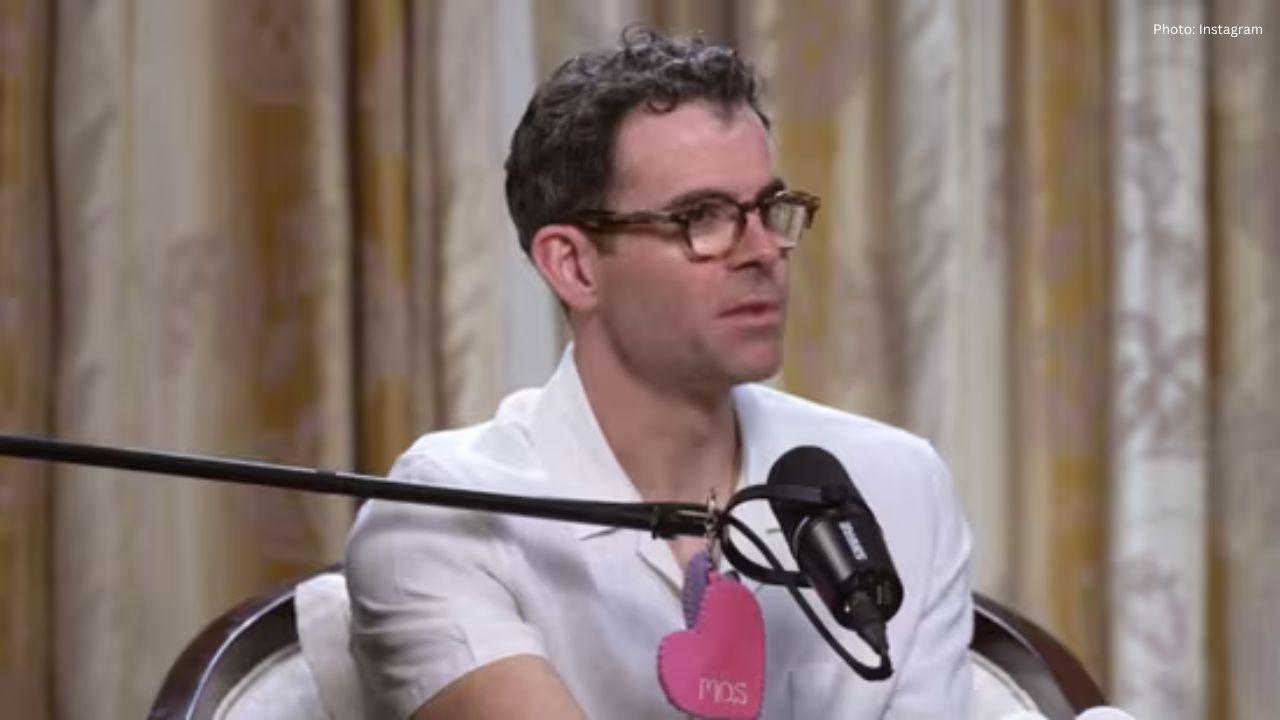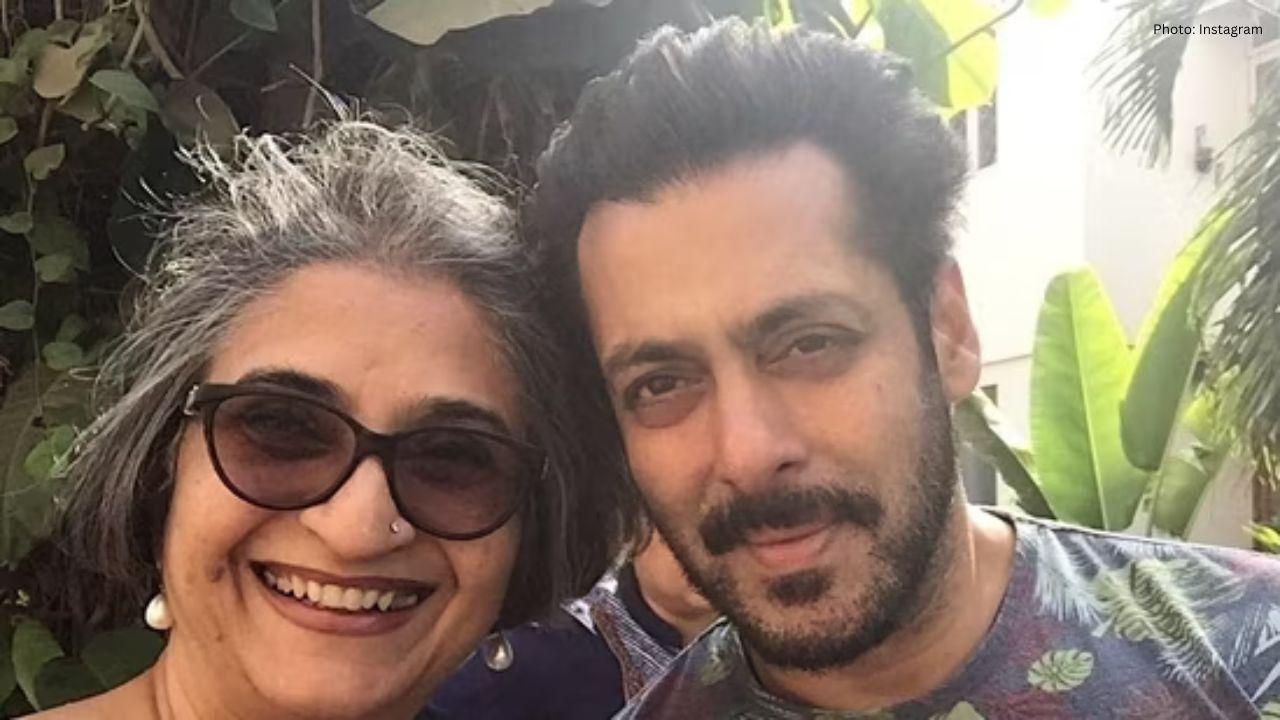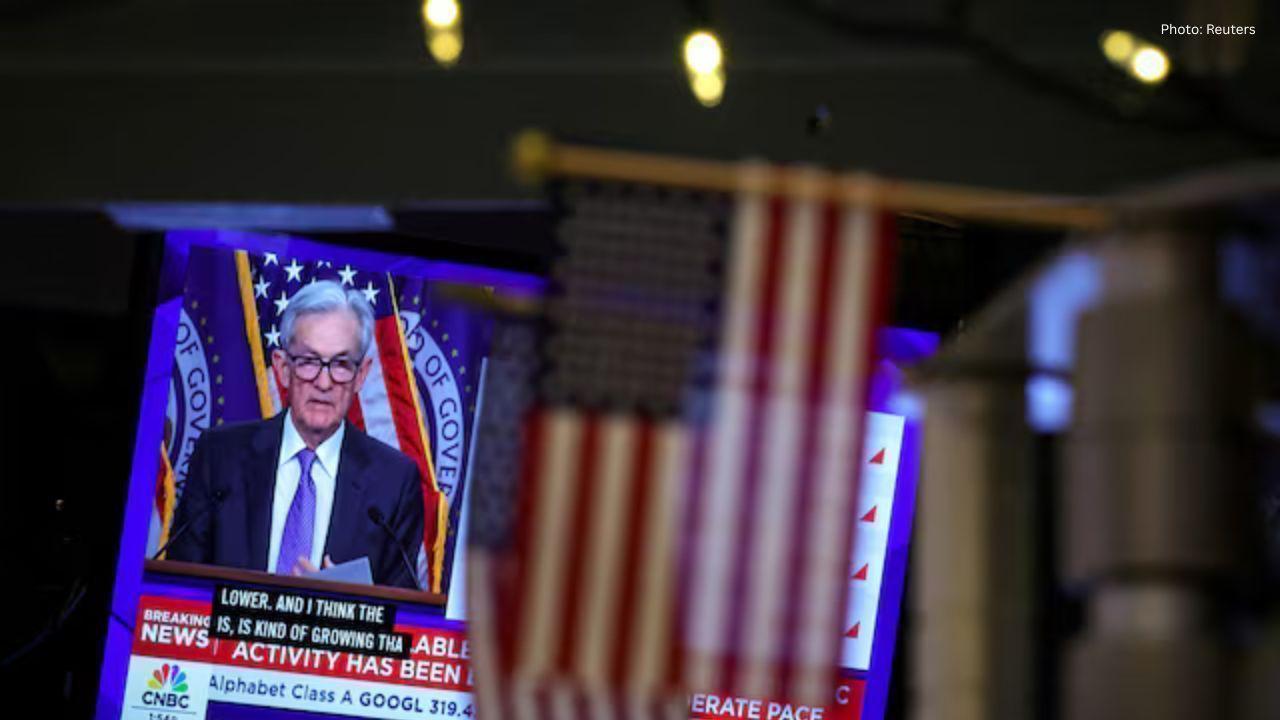You have not yet added any article to your bookmarks!

Join 10k+ people to get notified about new posts, news and tips.
Do not worry we don't spam!

Post by : Laxmi Verma
We are living in a time when everyday objects are becoming more intelligent, connected, and responsive. From the moment we wake up to the time we go to bed, technology is increasingly interwoven into the most ordinary aspects of our routines. This growing web of interconnected devices is powered by the Internet of Things (IoT)—a term that may have seemed futuristic a few years ago but now defines how we interact with our environment. The rise of smart everything: IoT in daily life is not a distant dream anymore; it is our present reality.
At its core, the Internet of Things refers to the network of physical devices embedded with sensors, software, and connectivity, allowing them to collect and exchange data. These devices range from household appliances and wearable fitness trackers to smart vehicles and industrial machines. What sets IoT apart is its ability to enable these devices to communicate with each other and with us, creating an ecosystem of smart systems that can make decisions or take actions based on real-time information.
One of the most visible ways we experience IoT in daily life is through smart home technology. With the rise of smart thermostats, lights, locks, and voice assistants, our homes are now capable of responding to our preferences and routines. These systems can automatically adjust temperatures based on our schedules, dim lights when it’s bedtime, or notify us if someone is at the door—all without us lifting a finger. The smart home is no longer a luxury for tech enthusiasts; it has become an accessible and practical solution for improving energy efficiency, safety, and everyday convenience.
Wearable technology is another area where IoT is having a profound impact. Devices such as smartwatches and fitness bands now go far beyond telling time. They monitor our heart rate, track our sleep patterns, count our steps, and even alert us to potential health issues. By seamlessly integrating with our smartphones and other apps, wearables are empowering users to take control of their health in real-time. For many, these devices are not just accessories—they are essential health tools that promote better lifestyles through actionable insights.
Transportation has also entered the IoT era with the advent of connected vehicles. Today’s cars come equipped with advanced sensors and communication systems that enhance navigation, maintenance, and safety. Drivers can now receive real-time traffic updates, get alerts when their car needs servicing, or even remotely start their vehicle. Some newer models can communicate with other vehicles or traffic infrastructure to prevent collisions and reduce congestion. This level of connectivity is turning the traditional car into a mobile data center, contributing to safer and more efficient roadways.
Perhaps one of the most transformative applications of IoT in daily life can be found in healthcare. IoT devices are playing a critical role in remote patient monitoring, chronic disease management, and real-time diagnostics. Patients can now use connected devices to track vital signs and send data directly to their healthcare providers without visiting a clinic. Hospitals are using IoT to manage medical equipment, monitor patient health more closely, and even reduce medical errors. This smart integration not only improves patient outcomes but also makes healthcare more accessible, especially in rural or underserved areas.
Beyond our personal spaces, entire cities are evolving into smart ecosystems. Smart city initiatives powered by IoT aim to improve the quality of urban life by making infrastructure more efficient and responsive. Traffic lights can now adapt to traffic flow, streetlights can adjust brightness based on the time of day or foot traffic, and waste management systems can signal when bins need to be emptied. These innovations are helping reduce energy consumption, lower pollution, and create safer, more livable environments. As urban populations continue to grow, the role of IoT in shaping smarter cities will only become more critical.
The impact of the rise of smart everything: IoT in daily life goes far beyond the novelty of talking appliances or flashy gadgets. At its best, IoT creates more personalized, efficient, and responsive experiences. It gives us more control over our time, health, and environment. We are no longer just users of technology—we are partners with it, relying on these intelligent systems to improve our quality of life. From the morning alarm set by your sleep cycle to your fridge suggesting what to cook for dinner, IoT is creating a new rhythm of life—one that is automated, data-driven, and centered around human needs.
However, this rapid growth also comes with challenges. As more devices become interconnected, concerns around data privacy and cybersecurity are growing. The same technology that offers convenience can also expose personal data if not properly secured. There is also the issue of standardization—ensuring that devices from different brands can communicate effectively with each other. And for some, the increasing dependency on smart systems raises ethical questions about surveillance, digital boundaries, and what it means to live in a truly connected world. Addressing these concerns is essential to ensuring that the benefits of IoT do not come at the cost of our freedom or safety.
Looking ahead, IoT in daily life will continue to evolve, becoming more seamless, intelligent, and integrated. With advancements in AI and the expansion of 5G networks, IoT devices will become even more responsive and capable of predictive decision-making. The boundaries between physical and digital spaces will blur, creating environments that adapt in real-time to our behaviors, preferences, and needs. Whether in homes, cars, workplaces, or cities, smart technology is set to redefine our expectations for how we live and interact with the world.
This article is for informational purposes only and does not constitute professional or technical advice. Readers should conduct their own research before making any decisions based on this content.










Rashmika Mandanna, Vijay Deverakonda Set to Marry on Feb 26
Rashmika Mandanna and Vijay Deverakonda are reportedly set to marry on February 26, 2026, in a priva

FIFA Stands by 2026 World Cup Ticket Prices Despite Fan Criticism
FIFA defends the high ticket prices for the 2026 World Cup, introducing a $60 tier to make matches m

Trump Claims He Ended India-Pakistan War, Faces Strong Denial
Donald Trump says he brokered the ceasefire between India and Pakistan and resolved eight wars, but

Two Telangana Women Die in California Road Accident, Families Seek Help
Two Telangana women pursuing Master's in the US died in a tragic California crash. Families urge gov

Ranveer Singh’s Dhurandhar Roars Past ₹1100 Cr Worldwide
Ranveer Singh’s Dhurandhar stays unstoppable in week four, crossing ₹1100 crore globally and overtak

Asian Stocks Surge as Dollar Dips, Silver Hits $80 Amid Rate Cut Hopes
Asian markets rally to six-week highs while silver breaks $80, driven by Federal Reserve rate cut ex